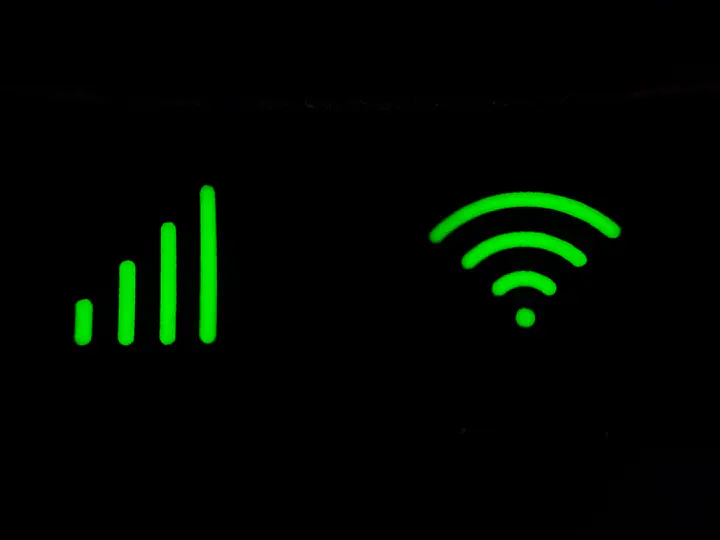What is the difference between UID Access and UniFi Access?

Unifi has two different ways to manage their line of physical-security products. The difference in the name is small but the similarities end there. We break down the difference here.
Unifi Access
This product is a standalone product created under the Unifi brand. Access is a series of smart locks for users who have the ability to wire directly to their door locks. Users must use a keycard to authenticate against a NFC pad placed next to the lock.
Here is how Unifi defines this product line:
UniFi Access (UA) is a POE-powered door access control system that supports your electric bolts and strikes, magnetic locks, motion sensors, push buttons, alarms, and other 12V access accessories. With your Unifi Access application, you can also conveniently manage users, visitors, schedules, and access policies.
UID Access
UID Access is a new product that makes existing hardware across the Unifi product line much more viable for enterprise users who have a lot of users and multiple locations. Currently, when a larger company wants to set up a Unifi Console, they must manually add users, and the permission levels are not very granular. UID Access solves that problem. The basic idea behind UID is that users have a single identity across platforms and locations. UID consists of a cloud portal, and many, distributed hardware consoles. Each console relies on the cloud for authentication and authorization roles for each user. This way, cloud admins can manage users across different devices and permissions are instantly updated. Another feature that enterprise users will like is the ability to sync users from AAD and Google Workspace. Read our post here for more info on UID.